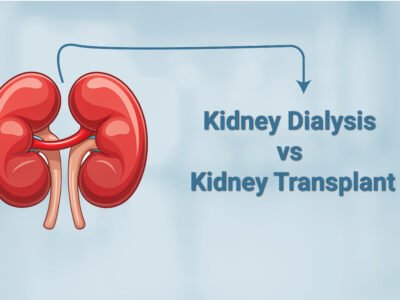Long gone are the days when people used to think that kidney stones are bits of rocks floating in the hollow structures called kidneys. This is not an insult for people in old times but the height of the inconvenience of getting information even about health issues. As history gives us lessons to learn, what do we have to learn from the ignorance of the past? That convenience in gathering knowledge, especially about oneself should be prioritized over everything. Now, as in today’s epoch kidney stones are no clumps of rocks in the minds of people, it is our task to make the information regarding this subject as convenient as possible by making easy-to-read information available on the internet. Moreover, the other importance to doing so is that at present, 12 percent of the total Indian population is expected to have kidney stones, and out of that 50 percent may end up with degenerated kidney functionality. So, here are some easy-to-understand things to know about kidney stones.
What is a kidney stone and how is it formed?
A kidney stone is a hard amalgamate of crystals that form in the kidneys, ureters, bladder, or urethra. The formation of a kidney stone is simple. As, urine consists of some chemical compounds such as calcium, sodium, potassium, oxalate, uric acid, and phosphate; the increase in the level of any of these compounds or the change in the acidic or basic nature of urine results in the crystallization of these chemical compounds. This will cause some symptoms such as back pain and intense sweating and if for some reason this early stage of crystallization remains unaddressed, the crystals gradually grow to the point of becoming a well-detectable kidney stone. The most common type of crystals is of calcium and oxalate and 80 percent of kidney stones in the population are of this form. The rare form of kidney stones is of calcium and phosphate or uric acid.
What a kidney stone does?
A kidney stone can remain undetected for some time and simultaneously grow but it can only remain undetected until it starts to move. When the stone travels into the ureters from the kidney, its uneven and sharp edges scratch the walls of the ureters. This causes a feeling of immense pain and because of the scratches, blood can be added to the urine. Apart from this, symptoms such as nausea, vomiting, and burning sensation during urination can be prominent at this stage. If a stone gets big enough to block the flow of urine, it can cause the backflow of urine and infection and thus causing severe kidney damage.
What is the treatment for kidney stones?
Afraid, are you? Well, no need to be as most kidney stones don’t become that much serious to require invasive treatment, that is the treatment requiring the introduction of instruments into the body. In fact, stones less than 5 mm pass out of the body on their own. It is recommended to drink a large amount of water to quicken the process. If the crystals are a bit larger, alpha-blockers are used to relax the muscles to make it easier for a stone to move. Also, potassium citrate helps in the degeneration of stones by making the urine less acidic. For stones up to 10 mm, grinding them by ultrasonic waves is an option. But if the stone is large enough to be unaffected by these procedures, invasive treatments are inevitably necessary.
How to prevent kidney stones?
It is a surprise to know how things become cliché. Like “Prevention is better than cure” is seen as a very clichéd proverb today but what if cliché is cliché because they are true? Sunsets are beautiful, but they are. Do these lines seem irrelevant? We will let us cut to the point. Here are some methods of preventing kidney stones:
- Water: – Staying hydrated is the primary step to avoid the crystallization of calcium and oxalate and other compounds by diluting the concentration of these chemical compounds.
- Diet: – Limiting foods high in oxalate because of their affinity for binding with minerals. Foods such as spinach, potatoes, beets, dates, etc are high in oxalates. On the other hand, as absurd as it may sound, it is good to take in calcium-rich foods because calcium binds to oxalate in the gut and gets absorbed due to digestion. Thus, the bottom line is lower your oxalates and increase your calcium.
- Limit intake of sodium and sugar.
- Cook your veggies to lower oxalates.
For more information,
Contact our Best Kidney Specialist in Ahmedabad,


